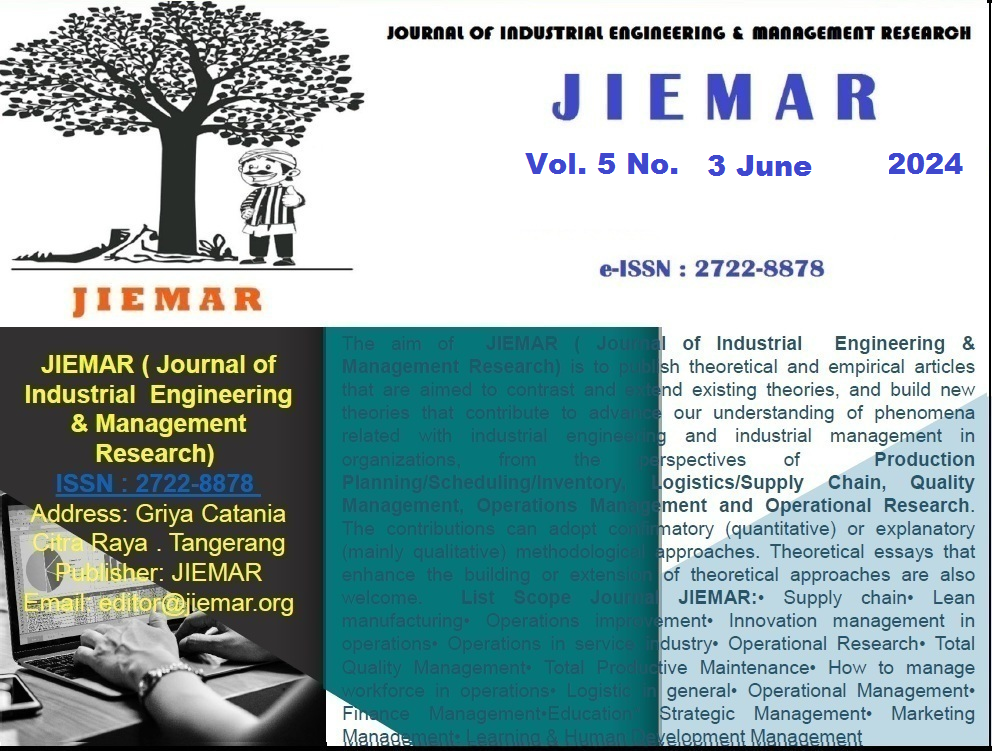Training Needs Analysis Suggested model for apparatus training
Abstract
Implementation The current implementation of apparatus training has not provided significant results in increasing apparatus competency. The gap between training materials and the competencies required by participants still exists. Post-evaluation results of technical training show that only 75% of the material received in class can be implemented in apparatus work. One of the problems that contributes to curriculum gaps is the inaccurate implementation of training needs analysis. TNA is very useful as a basis for the success of a training program. The main stages of TNA involve a number of logical steps of identifying problem needs, determining a needs analysis design, collecting data, analyzing data, and providing feedback. This paper hopes to contribute to knowledge about TNA by developing a conceptual framework, which provides guidance for the implementation of TNA in ASN training programs
References
. Ammirato, S., Felicetti, A. M., Linzalone, R., Corvello, V., & Kumar, S. (2023). Still our most important asset: A systematic review on human resource management in the midst of the fourth industrial revolution. Journal of Innovation & Knowledge.
. Cotes, J., & Ugarte, S. M. (2019). A Systemic and strategic approach for training needs analysis for the International Bank. Journal of Business Research.
. Rahmana, A., & Sukaya, Y. (2020). Training Needs Analysis: Suggested Framework for Identifying Training Need. International Journal of Psychosocial.
. Sholeha, A. W. (2023). Studi Literatur Menggunakan Systematic Literature Review. Retrieved from ebizmark.id: https://ebizmark.id/artikel/penelitian-studi-literatur-menggunakan-systematic-literature-review-slr/
. Turwelis, & Kurniadi, D. (2018). The Implementation of Training Need Analysis for the Improvement of Apparatus Training Quality. International Conference on Research of Educational Administration and Management.
. Xiao, Y., & Watson, M. (2019). Guidance on Conducting a Systematic Literature Review. Journal of Planning Education and Research.







